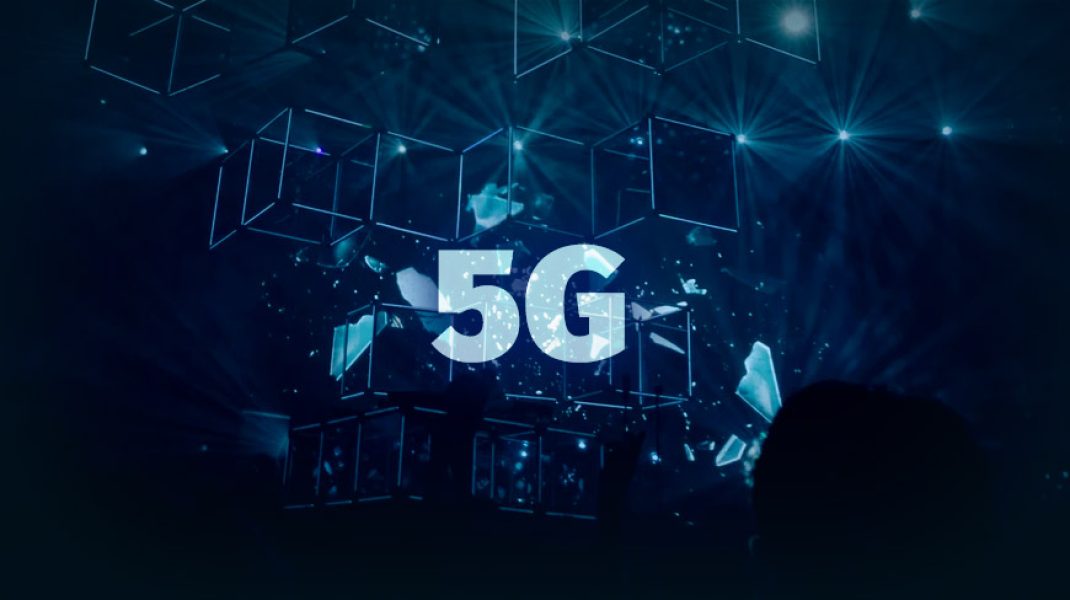
5G Technology. Changes, possible hazards, and what to expect.
Imagine a world where you can download a movie in seconds and lightning-fast video games. 5G promises to usher in many new advances that will improve the user experience. But what is 5G? 5G is essentially the technology your cellular network uses to operate. Wireless networks are made up of cell sites that are divided into sectors that send data through radio waves. A key difference between the technology is that 4 G uses high-power cell towers to radiate signals over longer distances. Compared to 5G that is designed to travel shorter distances with a larger number of cell stations. Since 1970 multiple companies work together to agree on new specifications for cellular networks. These changes happen every decade or so ushering in the 5th generation.
What about 5G speeds?
To put it in simple terms 5G is predicted to increase speeds up to 20 times faster than 4G. However, 5G technology demonstrated the peak ability to improve upon 4G speeds by as much as 80 times. However, we should remember that the rate at which you would benefit always depends on where you live.
When it comes to smartphone speed you run into a reoccurring problem of latency. This is a lag that occurs because signals have to pass between different carrier switching centers. The new technology 5G offers will essentially limit the problem to a few milliseconds rather than 50 to 100 milliseconds offered by 4G.
Virtual reality is set to gain the most from 5G technology. Current technology requires a bulky headset paired with a wire to computers generating 3-D images. 5G will allow that work to be offloaded wirelessly thus getting goggle size down to that of eyeglasses.
Another Advancement potential from this technology that is easy to predict but hard to fathom is pointing a smartphone at a basketball game with the player’s stats beside him. Not to mention other fields like medicine that rely on high-speed connections. Reducing the problem of latency in these instances would be a game-changer.
Is 5G Dangerous
5G promises faster speeds and many benefits, but some individuals believe that it is causing cancer. In Ripon California Sprint agreed to take down a cell tower after 4 children were diagnosed with cancer. When looking at the specifics regarding cellphone radiation looking at the graph below can help understand the different types of radiation
On one end you have low energy radio waves and the other you find high energy gamma rays. Thinking of radiation energy as waves will help you understand how it works. The shorter the distance between the crest of the waves the higher the energy. Another way to measure this is with the term Hertz, which tells you how many crests are in that wave per second. The current technology of 3G/4G both have 1 to 2 billion Hertz. This is also called 1 to 2 Giga Hertz. With 5G technology, this will increase dramatically to 70 Giga Hertz.
Nevertheless, It is important to understand that even visible light is radiation and that radiation is a normal part of life. The impact of this energy would simply just heat your body up no different than a microwave. However, this is why the FCC limits this type of radiation. Using science, we begin to understand that negative impacts to humans do not start until the radiation starts ionizing. Ionizing refers to the process where the energy being placed on your body is so powerful it knocks electrons out of atoms changing your DNA and causing cancer. This typically does not happen until 2.4 million gigahertz so there is still a huge gap between what we are currently exposed to and what science has proven to be dangerous.
When will 5G be here?
So now that we are confident that 5G won’t give us cancer when will 5G Be Here? Well in some cities it already is being deployed. T-mobile is shooting for a nationwide launch in 2020, but that could be hard because some local cities like Mill Valley North of San Francisco have blocked deployments of small-cell 5G wireless towers in the city’s residential areas. About 1% of the population weighed in on the 5G towers and there were 29 times more citizens opposed to the new technology than in favor of it. Even with the opposition, the transition has already started.
Should I Buy a 5G Phone?
The main factor in upgrading the networks will be the upgrading of key central switching equipment. These changes are scheduled to take place around late 2019 and early 2020. So even though companies like T mobile already sell a 5G product it may be best to wait until the network is more widely available later in 2020. Multiple carriers like T mobile and Sprint will team up to start with the more densely populated areas and use lower frequencies that have a broader range. The downside of having a broader range will be slower initial speeds. Once the infrastructure is built out speeds can continue to increase.
